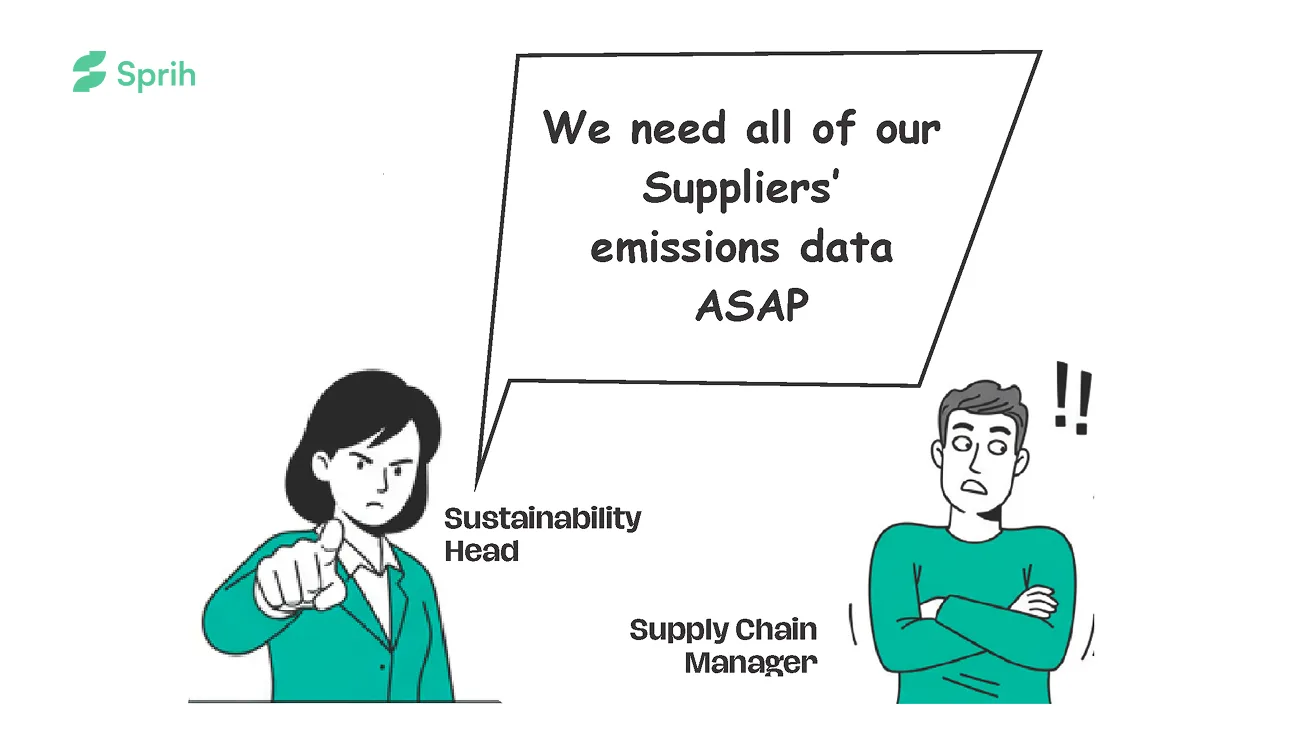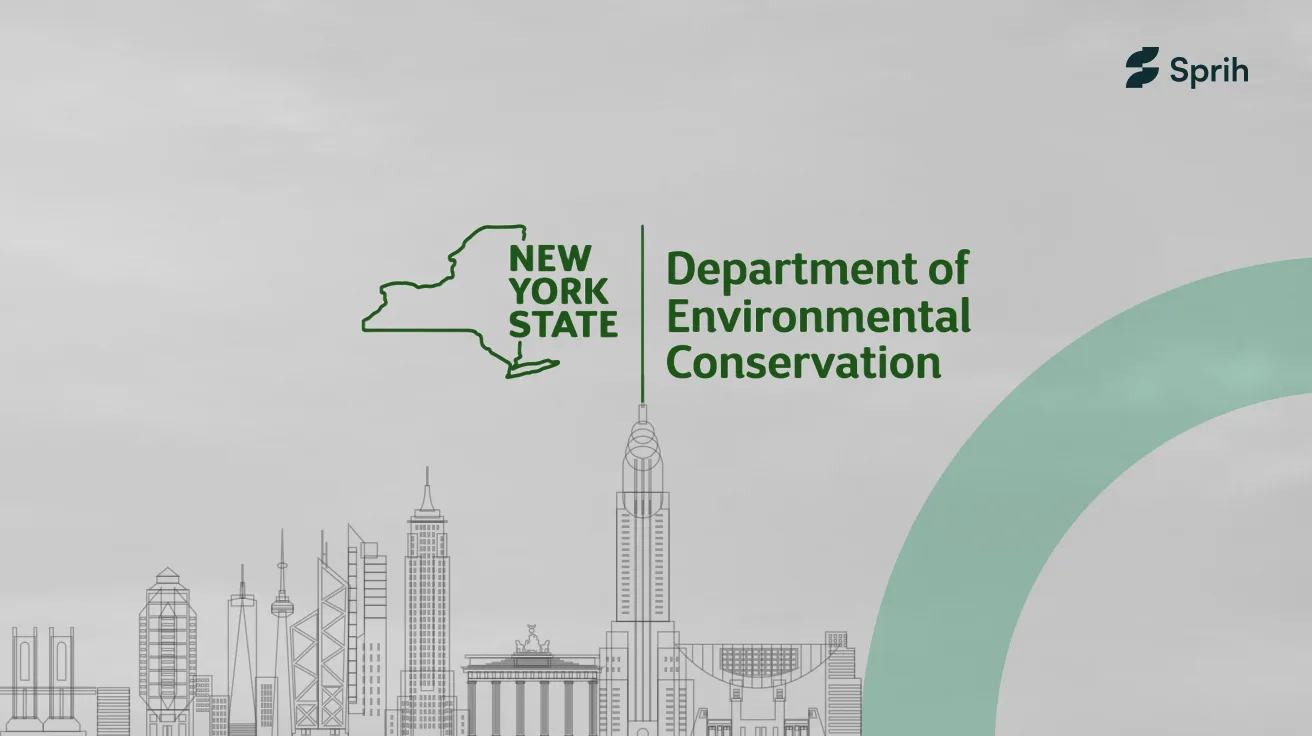Climate change is not only an environmental concern, it is a material financial risk. As the regulatory landscape evolves and climate impacts intensify, companies are under growing pressure to assess and disclose how different climate futures could affect their operations, value chains, and financial performance. One of the most critical tools for doing so is Climate Scenario Analysis (CSA).
CSA allows companies to assess the resilience of their strategies under various plausible climate pathways. It helps identify both transition risks (e.g., policy shifts, carbon pricing, market disruptions) and physical risks (e.g., extreme weather, sea level rise, water scarcity) by simulating how these risks could materialize under different global warming trajectories.
From Reporting Obligation to Strategic Insight
Climate scenario analysis is no longer optional in global sustainability reporting. It is embedded into several major disclosure frameworks and standards:
- TCFD recommends CSA as a core component of forward-looking risk disclosure.
- Under IFRS S2, companies are required to disclose climate-related risks and opportunities using scenario analysis where applicable.
- Through the ESRS E1, large companies must conduct and disclose climate-related scenario analyses.
- CDP (formerly Carbon Disclosure Project) requires scenario-based disclosures from thousands of reporting entities globally.
These frameworks collectively signal that CSA is now a core expectation—not a voluntary leadership initiative.
Climate Scenario Analysis in Practice
A robust CSA process involves several key steps:
1. Selection of Climate Scenarios
Companies typically draw from established climate-economic models such as:
- Network for Greening the Financial System (NGFS) Scenarios
- International Energy Agency (IEA) Net Zero Emissions by 2050
- Intergovernmental Panel on Climate Change (IPCC) SSP- RCP framework
Some key climate scenarios are:
- Net Zero 2050 (NGFS / IEA): 1.5°C pathway
- Current Policies (NGFS / SSP2–4.5): 2.5 to 3°C middle path
- Business-as-usual baseline for comparison
- Fossil-Fueled Development (SSP5–8.5): >4°C fossil-fueled growth
- Explore extreme physical risks
2. Identification of Climate Risks and Opportunities
- Physical risks (acute and chronic): e.g., extreme heat, flooding, drought, sea level rise.
- Transition risks: e.g., decarbonization policy, carbon pricing, technology disruption, legal and reputational risk.
- Opportunities: Innovations or market shifts (e.g., demand for sustainable products)
3. Impact Modeling and Quantification
Scenario outputs are translated into business impacts, such as:
- Revenue and cost variability
- Capital expenditures (CapEx) and operating expenditures (OpEx)
- Supply chain disruptions
- Asset impairment and write-downs
- Cost of capital and insurance
Quantitative CSA may require integrated modeling tools, such as:
- Monte Carlo simulations
- Climate-adjusted value at risk (VaR)
- Climate-adjusted discounted cash flow (DCF) analysis
4. Integration into Enterprise Risk Management and Strategy
Outputs from CSA are used to inform:
- Strategic planning and capital allocation
- Site and supplier risk assessments
- Internal carbon pricing
- Transition planning and target-setting (e.g., SBTi)
Scenario Analysis as a Driver of Strategic Resilience
The purpose of climate scenario analysis is not to predict a single future but to enhance organizational resilience across a range of plausible climate trajectories. It enables decision-makers to test the robustness of current strategies, assess capital at risk, and prioritize climate mitigation and adaptation investments.
In a disclosure environment that increasingly links climate transparency to investor confidence, CSA is rapidly becoming a standard boardroom tool, not just a sustainability function responsibility.
From Compliance to Competitive Advantages
Incorporating climate scenario analysis into strategic and financial planning is a critical step for any organization seeking to align with leading sustainability frameworks, meet stakeholder expectations, and navigate the long-term risks and opportunities of climate change. As global standards converge around scenario-based disclosures, companies that act now will be best positioned to maintain resilience and competitive advantage in a rapidly evolving climate and regulatory environment.
Ready to move beyond box-ticking and use climate scenario analysis as a true strategic lever? At Sprih, we help companies integrate CSA into core business planning—not just to meet disclosure requirements, but to future-proof decisions, investments, and supply chains. Whether you’re responding to TCFD, IFRS S2, ESRS, or investor demands, our platform equips you with the tools and intelligence to turn climate uncertainty into strategic clarity. Let’s build climate resilience into your strategy—get in touch to see how.
FAQs
What is Climate Scenario Analysis (CSA)?
Climate Scenario Analysis is a forward-looking risk assessment tool that evaluates how a company’s business may perform under various climate futures. It considers physical and transition risks across different global warming pathways to test strategic resilience.
Is CSA mandatory under current regulations?
Yes. CSA is now expected or required under several global standards: TCFD recommends it, IFRS S2 requires it where applicable, ESRS E1 mandates it for in-scope EU companies, and CDP includes it in its questionnaire. It’s no longer a nice-to-have—it’s foundational.
Which climate scenarios are commonly used in CSA?
Organizations often use scenarios from NGFS, IEA, and IPCC. Key examples include: Net Zero 2050 (1.5°C), Current Policies (2.5–3°C baseline), and Fossil-Fueled Development (>4°C). Each scenario explores different combinations of physical and transition risks.
What risks and opportunities does CSA assess?
CSA helps identify physical risks (like heatwaves, floods, droughts) and transition risks (such as carbon pricing, policy changes, reputational risks). It also highlights opportunities like new markets, low-carbon products, or energy efficiency gains.
How are CSA results quantified?
Impacts are modeled using techniques like climate-adjusted DCF, Monte Carlo simulations, or value at risk (VaR). These help quantify how climate factors affect revenue, costs, CapEx/OpEx, supply chains, and asset valuations.
How should CSA be integrated into business strategy?
Outputs from CSA should inform strategic planning, enterprise risk management (ERM), site and supplier decisions, internal carbon pricing, and transition plans. It’s a cross-functional input—not just a sustainability department task.
What’s the difference between qualitative and quantitative CSA?
Qualitative CSA explores narratives and directional impacts of scenarios. Quantitative CSA uses data and models to estimate financial implications. Both are useful—most companies begin qualitatively and mature toward quantification over time.
Why is CSA important for investors?
Investors use CSA disclosures to understand a company’s climate risk exposure, capital at risk, and long-term viability. Transparent scenario-based analysis builds confidence and can impact access to capital, cost of financing, and shareholder engagement.
Is CSA only relevant for high-emissions sectors?
No. While carbon-intensive sectors face greater regulatory scrutiny, CSA is relevant across industries—from supply chain disruptions in retail to water risks in agriculture. Every business faces some form of climate exposure worth analyzing.
Where can I start if my company hasn’t done CSA before?
Start by identifying which frameworks apply to you (e.g., TCFD, ESRS, IFRS S2), select one or two reference scenarios (like NGFS or IEA), and map key risks and opportunities. Use existing data where possible and engage internal risk and strategy teams early.














